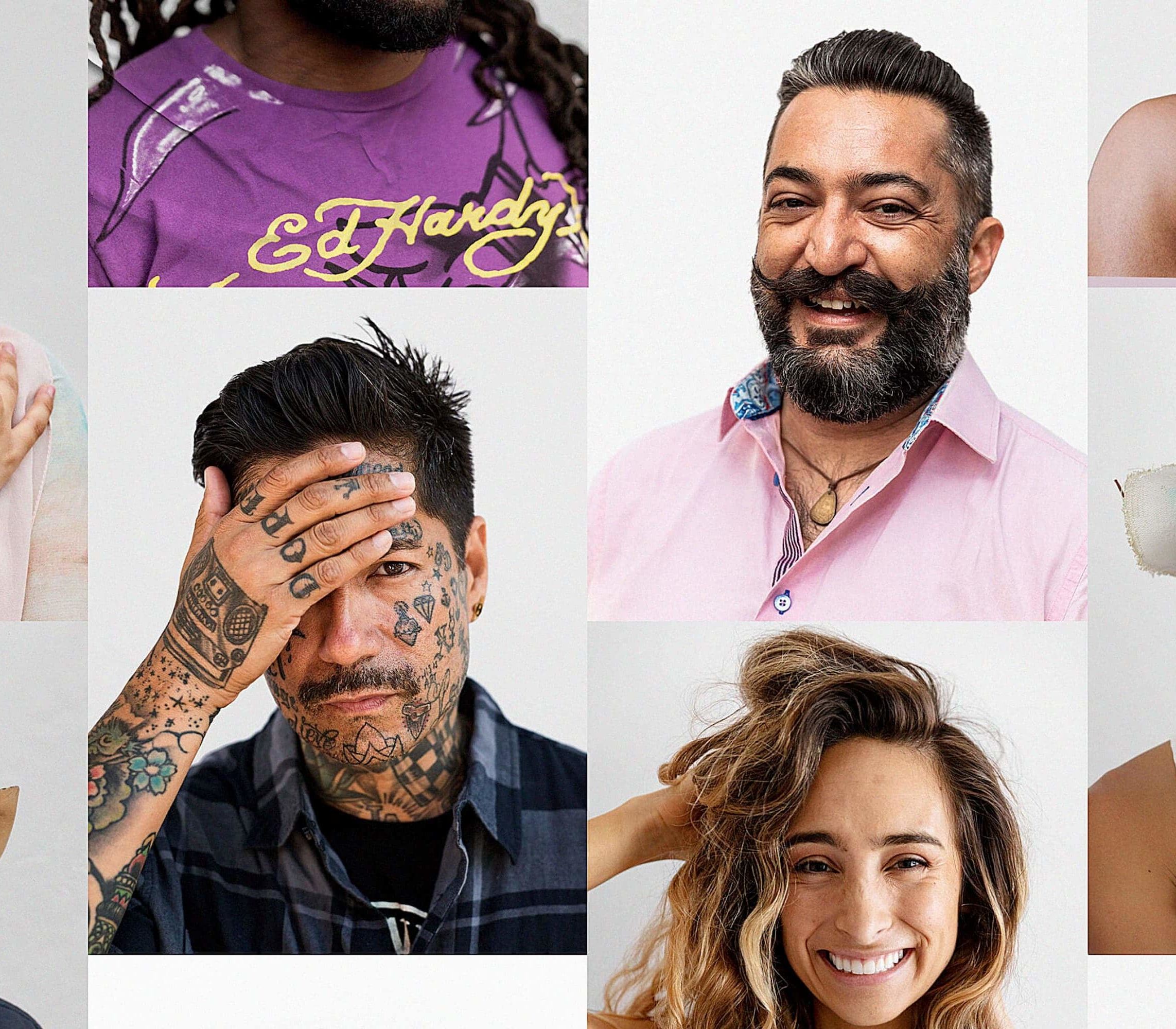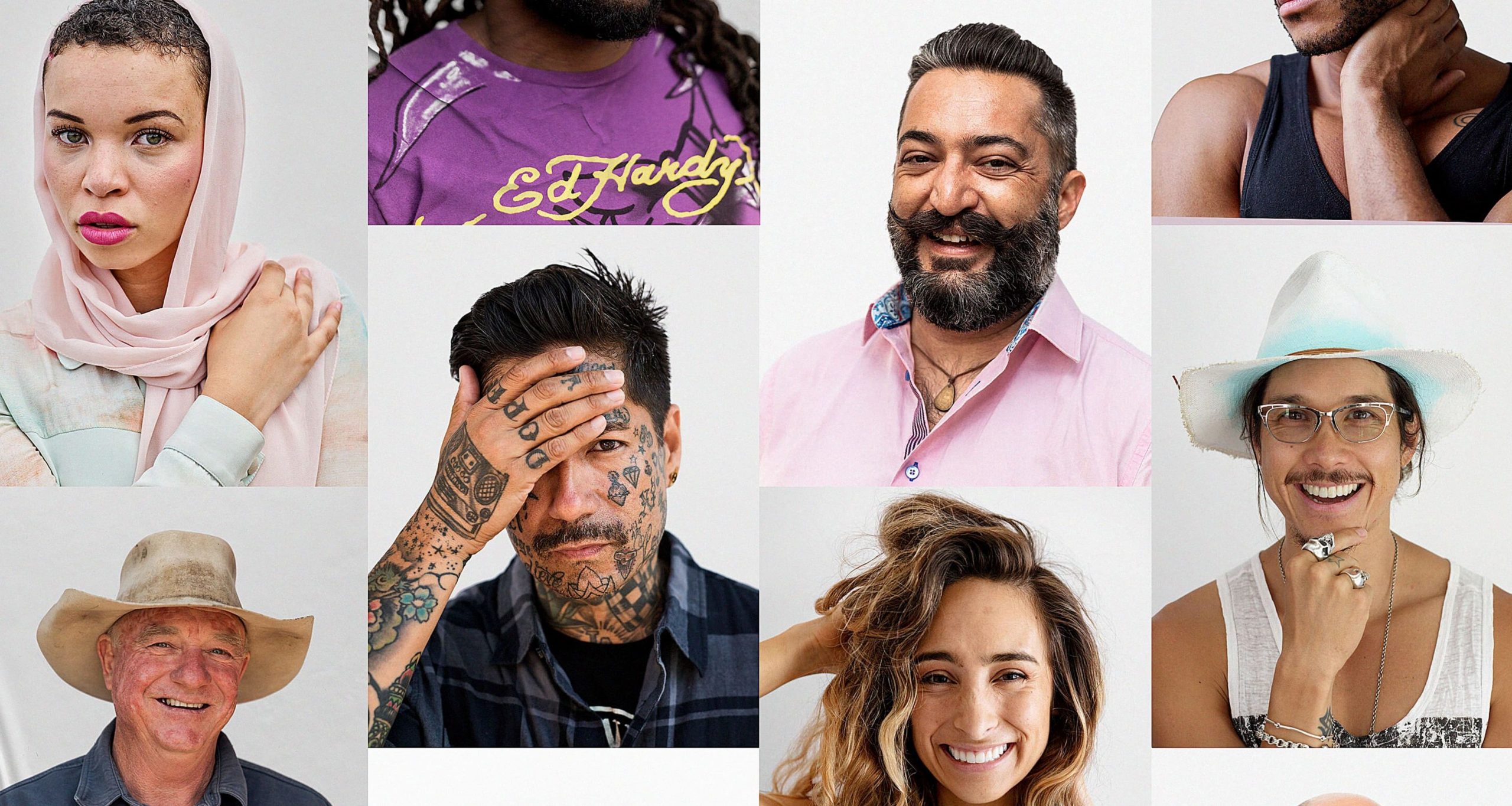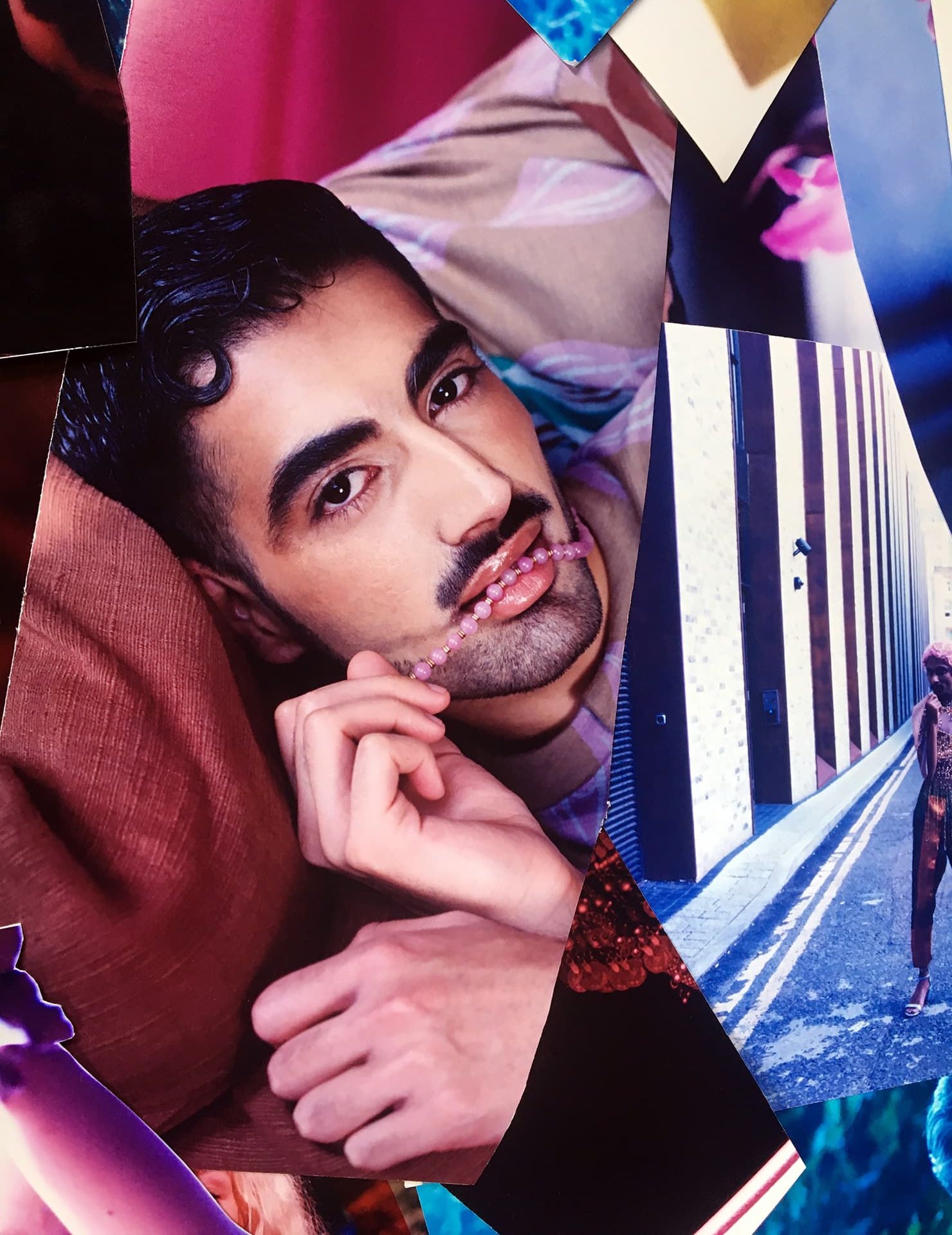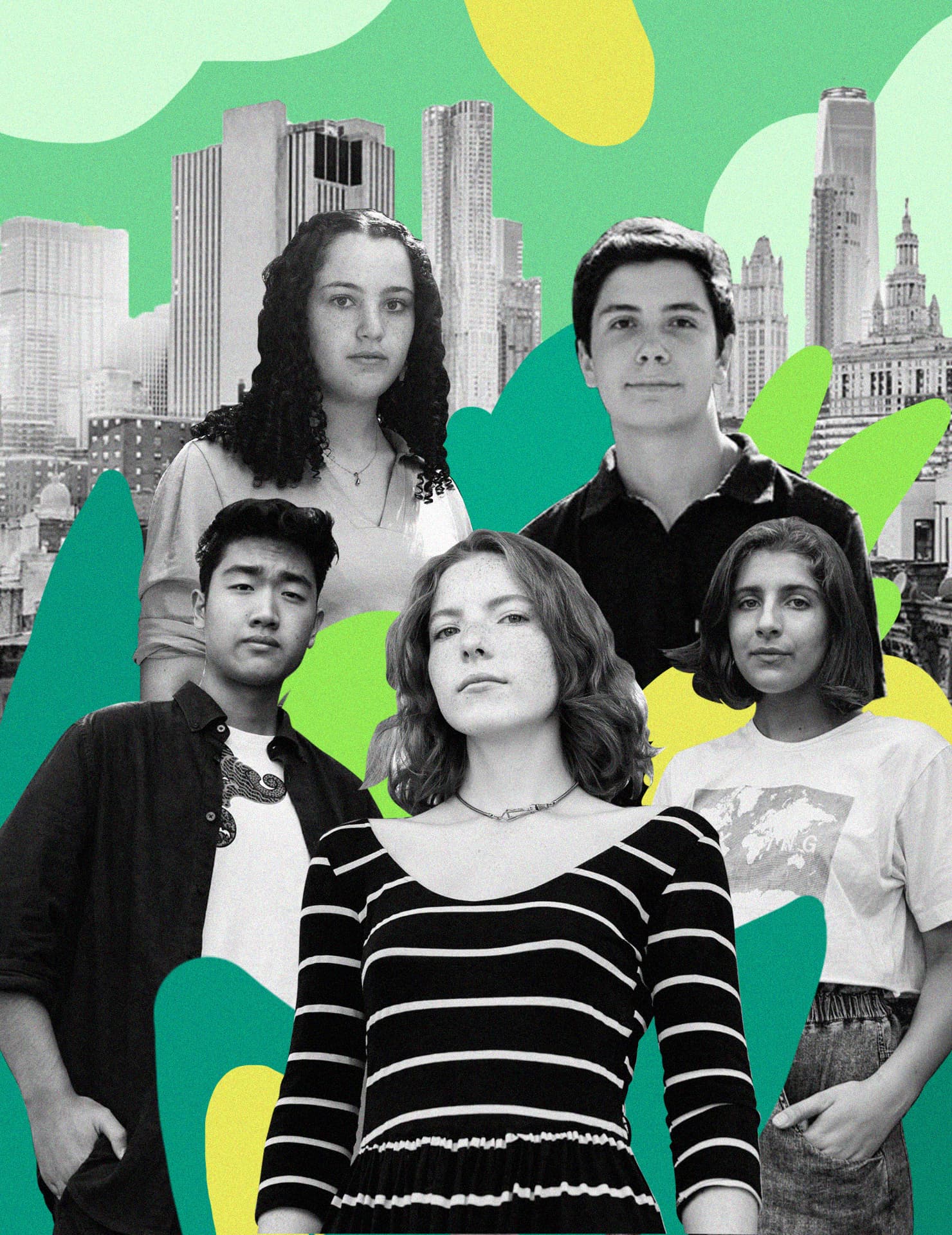Q&A with the artist
What happened in 2016 that caused you to go on this journey?
I found myself feeling a lot of frustration related to the polarization in this country, and the contentious dialogue around the 2016 election. This project arose from that frustration and is about finding a way for all of us to listen more and judge less.
What is the purpose of The Stereotypes Project?
The Stereotypes Project seeks to help us recognize when we are stereotyping others so we can move beyond those stereotypes to communicate more openly and effectively. By reducing stereotypes, we can reduce prejudice.
The more we can bring Stereotypes out in the open, the more we can bring about change. We would love to hear from community members on their personal experiences with stereotypes. Click HERE to submit.
What is a stereotype?
- A stereotype is a generalization where you take one aspect of a person and make oversimplified assumptions.
- Stereotyping leads to prejudice which further blocks communication. If we can short circuit this at the initial phase of stereotyping, we can reduce prejudice. Stereotypes are incredibly complex. They are deeply entrenched in human behavior and affect us every single day.
Are stereotypes real or perceived?
Stereotypes are real if people believe them to be real. So yes, they are real, but that does not mean they are accurate.
Prejudice vs Stereotyping
Stereotyping, as I’m defining it for this project, is taking one part of a person and creating a generalization of the entire person. Prejudice brings in judgement. Prejudice is the emotional trigger brought about by stereotyping.
How do people learn to make stereotypes?
One of the people I interviewed for The Stereotypes Project, Blair Imani, said, “Since we were children, we were told to put round pegs in round holes and square pegs in square holes. We learn the idea of discrimination in this harmless way of categorizing.” I agree that it is something that starts when we are young.
Can stereotypes be unlearned?
Stereotypes definitely can be unlearned. The Stereotypes Project looks to provide one example of how listening can help us see beyond generalizations to recognize the complexity of others.
What questions do you ask?
1. How do other people view you?
2. How do you view yourself?
3. How do we reconcile the difference?
Why these three questions?
The first question is about listening to how people feel they are viewed. The second question is about listening to how people feel about themselves. The third question is a first step towards answers and the change we all need.
Does the media play a role in stereotyping?
The media does play a role. By broadcasting anyone over media channels, we typically are presenting one small piece of a person, which could be stereotyped.
Can the media help reduce stereotyping?
Media can help reduce stereotyping, but it’s difficult given the short form content that many of us consume. We need to recognize that what we see or hear is almost always partial information which rarely makes for a complete picture.
What can those who feel stereotyped, the ‘stereotype-ees’, do to reduce the likelihood that they will be stereotyped?
The people I interviewed for The Stereotypes project all had different mechanisms for responding to stereotypes. Some people speak out against stereotypes, while others prefer to process internally. If you are someone who gets stereotyped, I would leave it to you: Do you want to share your story? If you do, we are taking submissions for people to talk about their own stereotypes and we would love to hear how you get stereotyped and how it affects you.
What can individuals do to help reduce stereotyping others? Do they even want to?
When we see ourselves stereotyping other people, we can stop for a moment and recognize what we are doing. Then we can listen more, ask questions, and seek to move forward in a more understanding way.
What is the #1 takeaway you hope that people have from The Stereotype Project?
My main takeaway is that we all benefit when we listen more, judge less and take action to make change!
From your project, did you find that there are some groups stereotyped more often than others?
Obviously racial and gender stereotypes are in the news right now and these stereotypes are very prevalent. The project tries to treat all stereotypes without judgement. I leave it up to each individual to share how and with what frequency they feel stereotyped. This brings us back to one of the main ideas: all people could benefit from listening more, having more conversations, and stereotyping less.
What have you learned?
I personally learned a lot. I spoke to many people who hold beliefs that I disagree with. But with every single person, I learned that we could always find common ground even in situations where we will never see eye to eye. I also discovered complexities of their personalities that were beautiful and inspiring to me.
What’s next for The Stereotypes Project?
We are inviting everyone to submit their own videos with answers to the three questions. I’m hoping the discussion will push forward positive change in this country and help reduce polarization.
More
We would love to hear from our community members on their personal experiences with stereotypes. Click here to submit.




